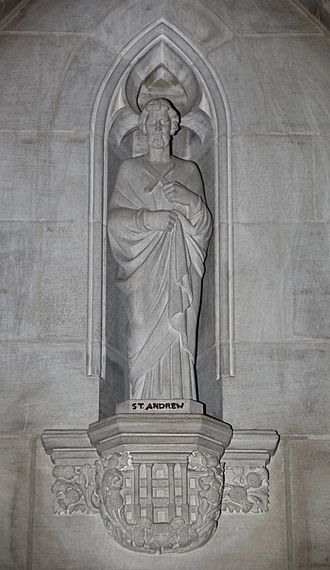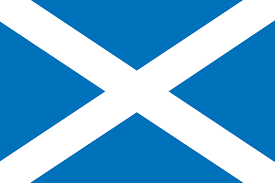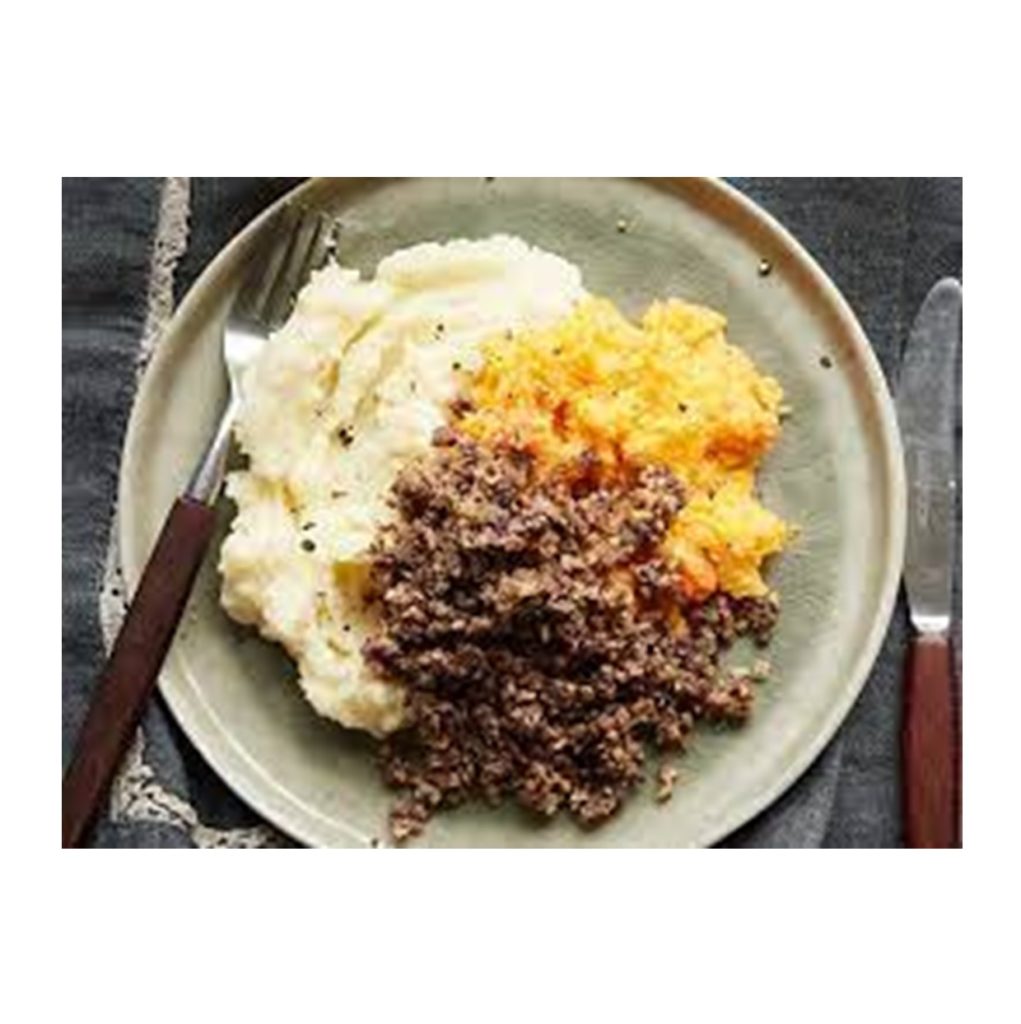
Andrew, also called Saint Andrew the Apostle, (died 60/70, Patras, Achaia [Greece]) was one of the twelve apostles of Jesus, the brother of St. Peter and a son of Jonah. He is the patron saint of Scotland and of Russia, as well as many other countries including Greece, Barbados and Romania.
Both he and his brother Peter were fishermen by trade, hence the tradition that Jesus called them to be his disciples by saying that he will make them “fishers of men”. The narratives of the gospels of Mark and Matthew record that Jesus was walking along the shore of the Sea of Galilee, observed Simon and Andrew fishing and called them to discipleship.

He was martyred by crucifixion bound, not nailed, on an x-shaped cross (saltire), now known at St Andrew’s Cross, supposedly at his own request, as he deemed himself unworthy to be crucified on the same type of cross as Jesus had been.
The celebration of Saint Andrew as a national festival is thought to originate from the reign of Malcolm III (1034–1093). It was thought that ritual slaughter of animals associated with Samhain (a Gaelic festival marking the end of the harvest season and the beginning of winter) was moved to this date, so as to assure enough animals were kept alive for winter.



Some foods traditionally eaten on St Andrew’s Day include:
- Traditional Scottish Cullen Skink
- Haggis, neeps and tatties
- Cranachan

Join the discussion
0 people are already talking about this, why not let us know what you think?